
Part I: Insight
As the spread of the pandemic is beginning to show signs of slowing down, the world economy has changed drastically. According to the World Bank's latest forecast, the global economy will shrink 5.2% this year. The demand of all kinds has subsequently fallen, placing pressure on all businesses. Notably, it is more pressing when they prepare a reunite for their employees in the office. Social distance, collaboration, and health are suddenly all become employees' concerns.
The appearance of COVID19, on the other hand, changes the way we work, and we have to transition into new work modes. For example, there is an increasing rate for employees to work from home. Tech companies appear to welcome the idea of remote working. Last month, Facebook told employees they could choose to work from home if they want for the rest of the year, while Twitter and Square said they could do so forever. In times of rapidly changing circumstances, online collaboration using technology and digital devices reshapes our social connections and brings interpersonal challenges. However, employees might have sensitive feelings of uncertainty, being overwhelmed, and social isolation.
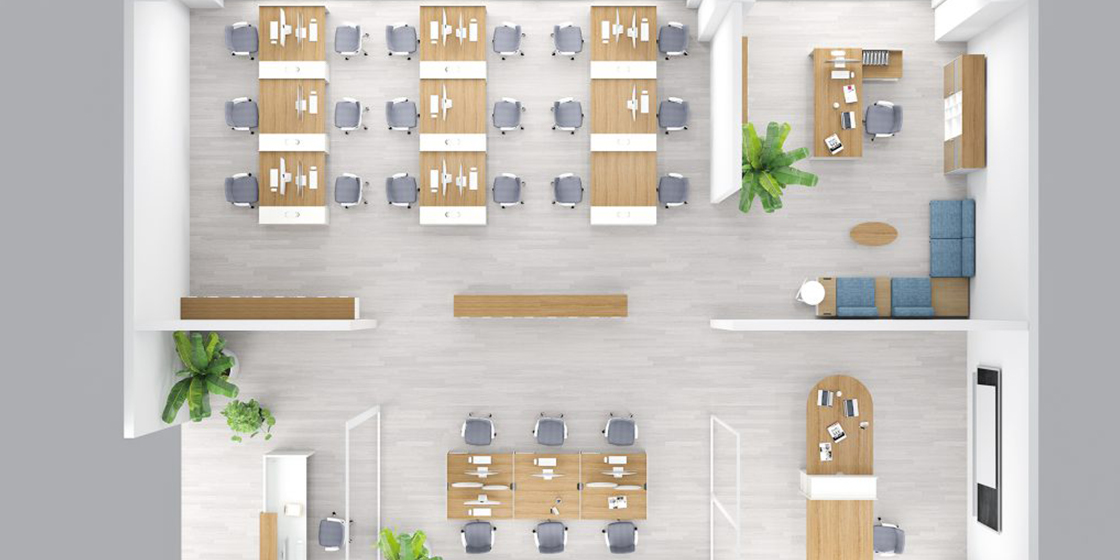
All of these are significant issues. Every company is finding its way to the new normal and bring back its workforce safely and effectively. We know that companies need to develop and nurture employee engagement and commitment, no matter where they are because only those engaged will care about the company and do their best to achieve their goals. To come back stronger, companies should reimagine their workplace layout, which means that they should create a workplace around employees' needs and suit their specific roles. Thus, we lay our focus on people and prepare new spatial strategies to support organizations to attain an adaptive advantage and get ahead of the competition.
Part II: Embracing New Norms
1. Remote Working Thrives, But…
For the past few months, we've all learned that we cannot stop working and can keep productive while working from home. As the coronavirus spreads, many businesses closed their offices and offered employees remote working. In such an unknown period, employees sought ways to work from home effectively and navigate the boundaries between work and home.
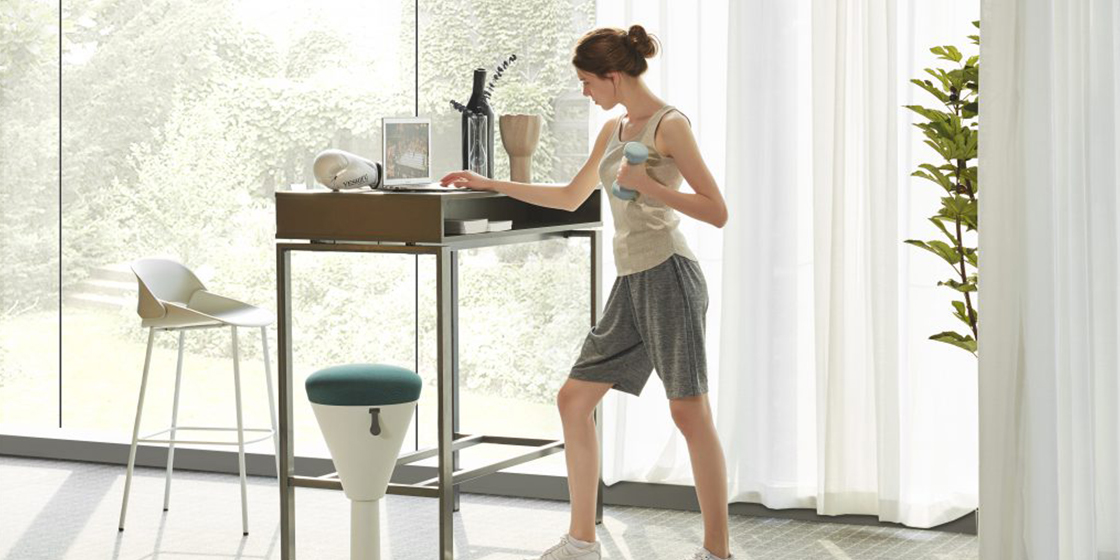
With all the focus on remote work, enterprises also need to look at team collaboration and effective communication. But Remote communication is not always easy. Although many workers may find this easier to adopt, other remote workers may face challenges consistently. Gallup's 2017 State of the Global Workplace reports that 85% of employees worldwide are not engaged or are actively disengaged from their work. Luckily, it's not very difficult to increase collaboration across remote team members. It does take intention and effort, in any case. That's why it's crucial to develop strategies for how to increase collaboration between remote teams.
The Coronavirus pandemic has made working from home a necessity and widely accepted norm around the world. As the lockdown is being lifted in different countries, we are expected to return to our old ways, but we have to accept that the office will never be the same again.
In the past decades, we have embraced open-plan workspaces, designed to encourage colleagues to bump into each other and share ideas. But the very notion of face-to-face interactions is a problem in the post-COVID-19 world. Droplets of spit, mucus, and phlegm that carry pestilential pathogens will lead to the spread of any disease. Health experts are beginning to suggest that offices need to change. One of the many enduring impacts of this crisis could be a move away from open-plan designs and a revival of their predecessor's incarnation: The cubicle.
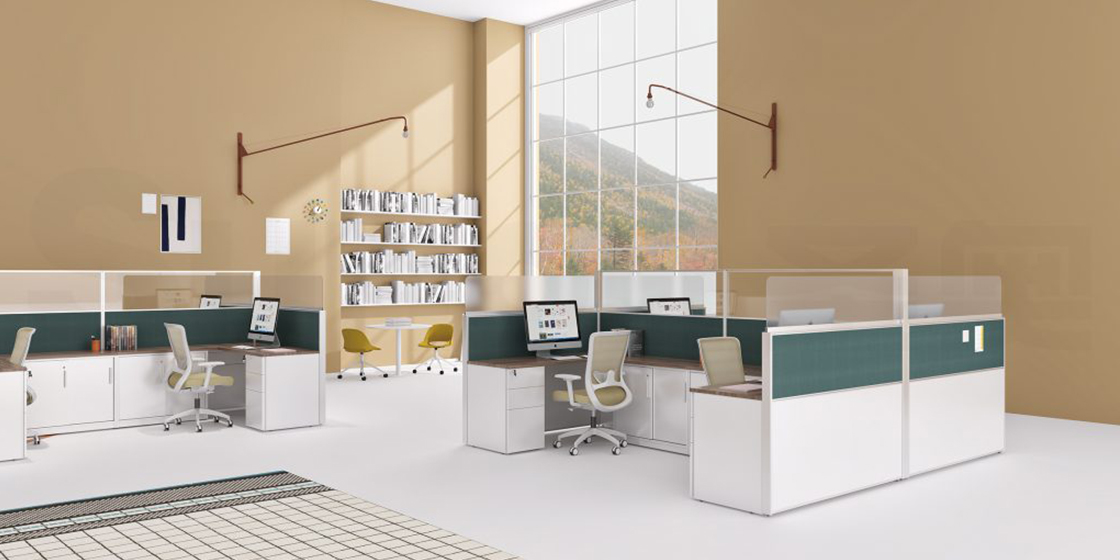
Cubicles and partitions are making a return as the virus speeds the move away from open-plan office spaces. That will return a higher degree of privacy to the individual desks, and the physical barrier which this health crisis now warrants. The downside is that it eliminates the “chaotic interruptions” – the chance encounters between staff members can spark creativity, so the company is planning more online collaboration to let this happen. The only real defense of modern cubicles is that they are better than the open offices they replaced decades ago which threatened to replace them over the last decade.
3. Stand-up Meetings Do Work
The Democratic Republic of Congo (DRC) gathered data on how their members do business differently in the coming years. Below are the highlights of its survey:
88% foresee less travel;
74% say same office space;
77% expect more work from home flexibility;
84% say less attendance at large gatherings;
70% foresee fewer in-office meetings with customers/guests
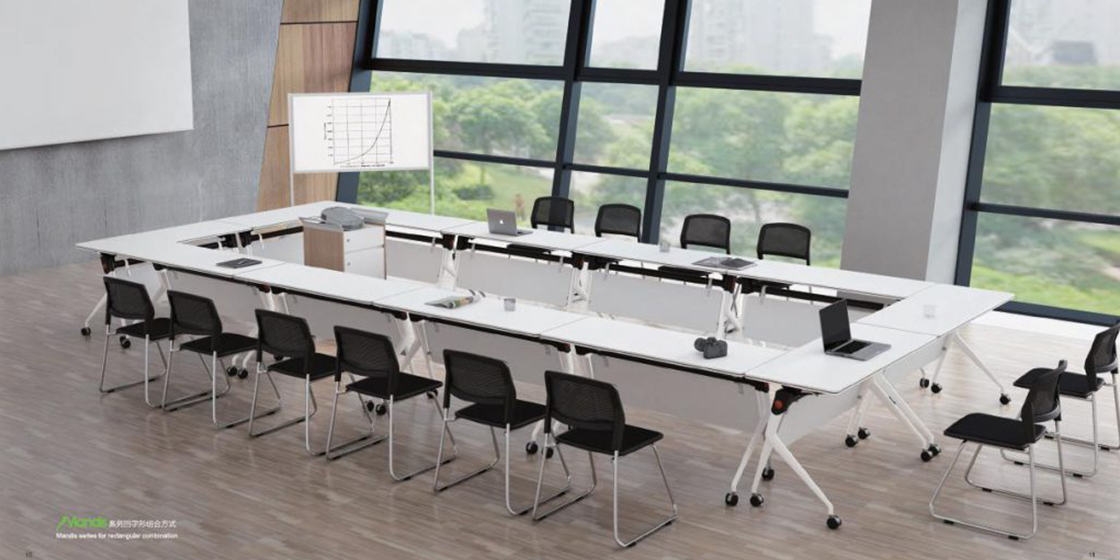
Even people intend to expect fewer meetings, but team meetings are a powerful productivity tool for the company. Working together could encourage enhanced communication and collaboration.
However, it can be tricky to do gatherings during such a special time. Thus holding a stand-up meeting in front of computers to give employees their social distancing will be a suitable way to fix this. When people stand up, they can walk apart a little bit more and keep more focus on the discussion instead of worrying about their safety.
As the world is steering through tough times, the manners of our living and working are being taken a second look at. When people go back to the office, it won't be the same as before. It's time to start thinking about how work will change when companies bring employees back, and the biggest headache may be the same one we had before the COVID-19 pandemic: The open office floor plan.
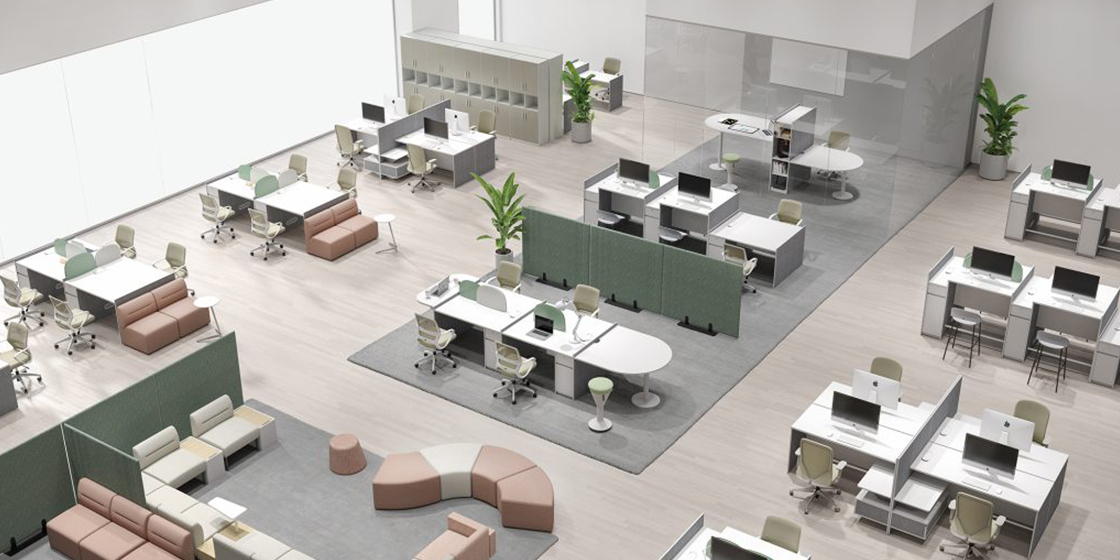
One of the dramatic changes in the open office layout will be based on the six-foot rule. Designers can incorporate subtle visual cues to remind us to stand six feet apart, instead of the tape on the floor we see now. If the floor is carpeted, there could be a change in the texture every six feet, or on the walls, maybe there's a pattern that repeats every three to six feet.
Another will be taller partitions between workstations to create a semi-open office. Work desks of larger sizes and less occupancy, partitions that go up as compared to the current standards of height, etc. will be some of the new elements added to the existing and upcoming office spaces. Transparent, acrylic surfaces (for partitions) can be used to maintain a direct visual connection and a sense of openness. Acoustic panels work as a barrier and a noise reduction tool at the same time.
5. Recalibrate Work-life Expectations
Even though nowadays forced work-from-home culture has been an adaptation for employees, many look forward to working remotely after the pandemic subsides. As people begin to return to workplaces, alternative working patterns – Out-of-Office Mobility – will be a great way to give breathing space to organizations as they introduce and implement new social distancing measures.
Taking a hybrid approach of having some people work remotely while others in a physical office is an alternative working pattern to reduce commuter traffic and relieve staff's anxiety about returning to offices. Such a shift towards more flexible working policies allows enterprises to move away from traditional conception and rethink how to help employees achieve increased productivity.
Part III: Strategic Spatial Planning
Home Office Set-up
If you live alone, setting up a workspace may not be an issue. Those who are living with family, you might need to find a space or room where you can block the daily distractions. You can use your balcony or garden area if you have. You can also demarcate the area with a semi-open partition—a curtain, a half cabinet, or tall plants. Always choose a space where you have access to steady and high-speed internet.
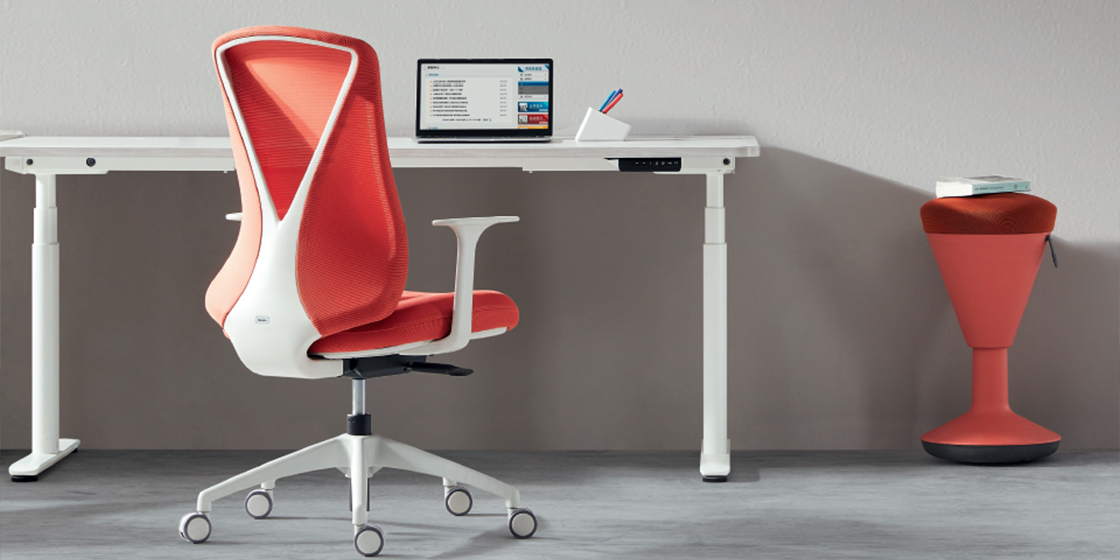
Physical Office Set-up
Remote working undoubtedly became essential to business continuity, but office life – in some manner – will, too. The challenge lies in how companies can transform their existing offices into places adaptable for the post-COVID workplace.
There are four strategic areas to focus on: spatial effectiveness,
A. Added Spatial Effectiveness
Spatial panels are a powerful tool to meet possible specifications that require a systematic approach to estimation. Various panel combinations are available to create ample or compact spaces.
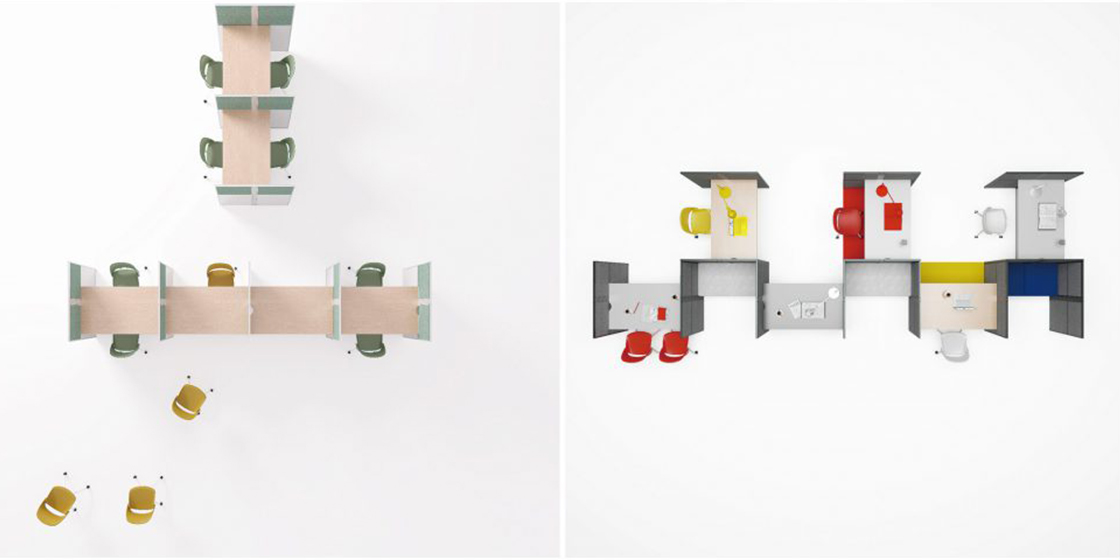
B. Free Switch between Different Working Modes
A shared space that features desk systems with desktop screens protects you at work and limits exposure from neighboring workstations. The movably mounted desk screen can be put on any side as per the requirement.

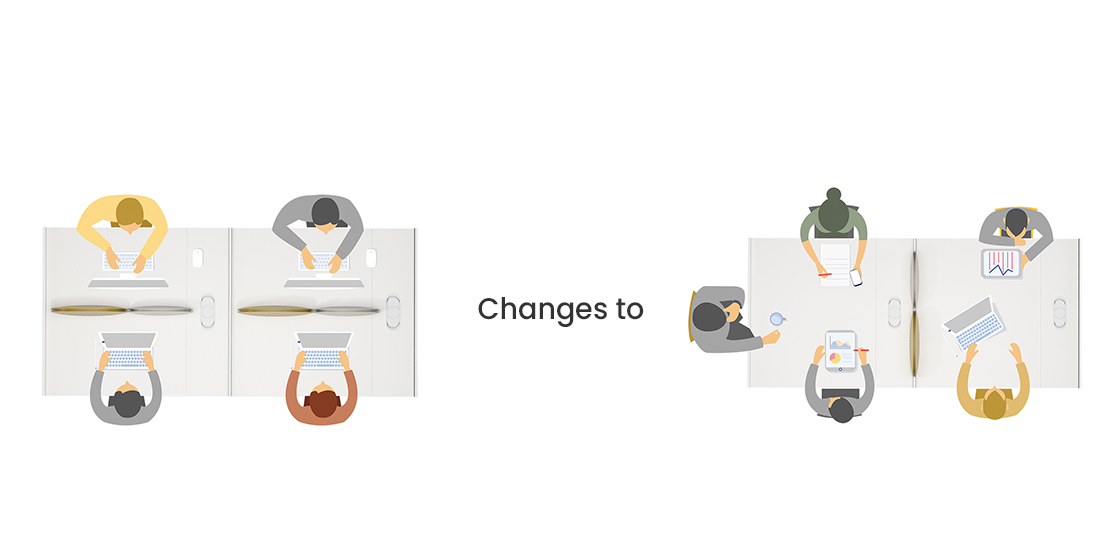
C. Invite a Nature Office
According to a 2014 Study by the University of Exeter, placing plants in the office can enhance employee's working efficiency by 15%. The setting-up of potted plants have a positive impact on the psychology of employees. It breaks the rigid sense of environment and brings a wisp of vibrancy to it. It helps to relieve working pressure and eyesight fatigue and reboots the body system with higher working efficiency. Such movable design also enables the plants to enjoy more sunlight.
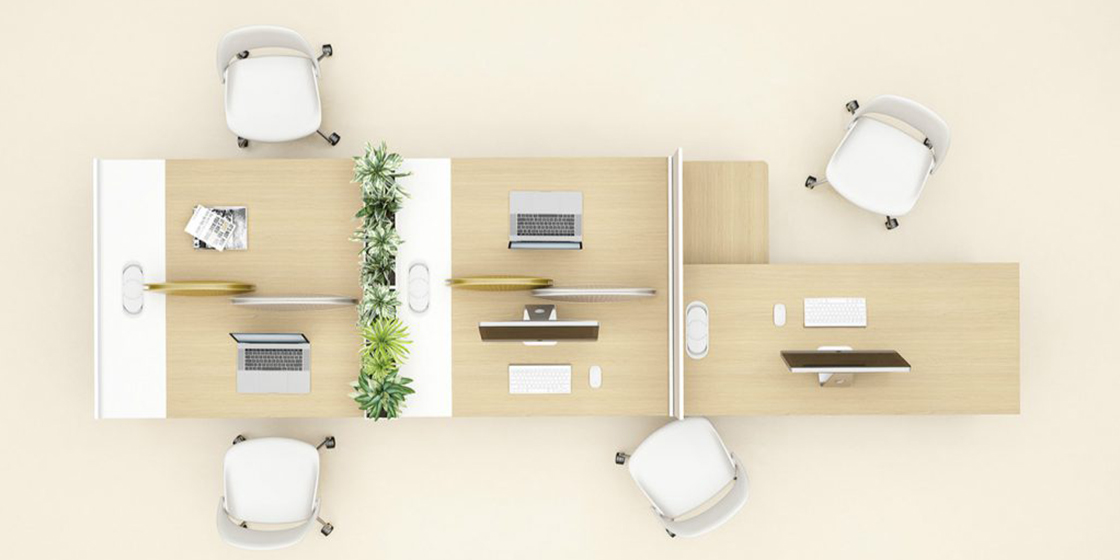
D. Partitions Promote Focus Work
High screens between people create boundaries on demand. Especially, the immersive space with upper panels offers employees a quiet individual place for focus work and brings privacy & productivity back to open-plan layouts.
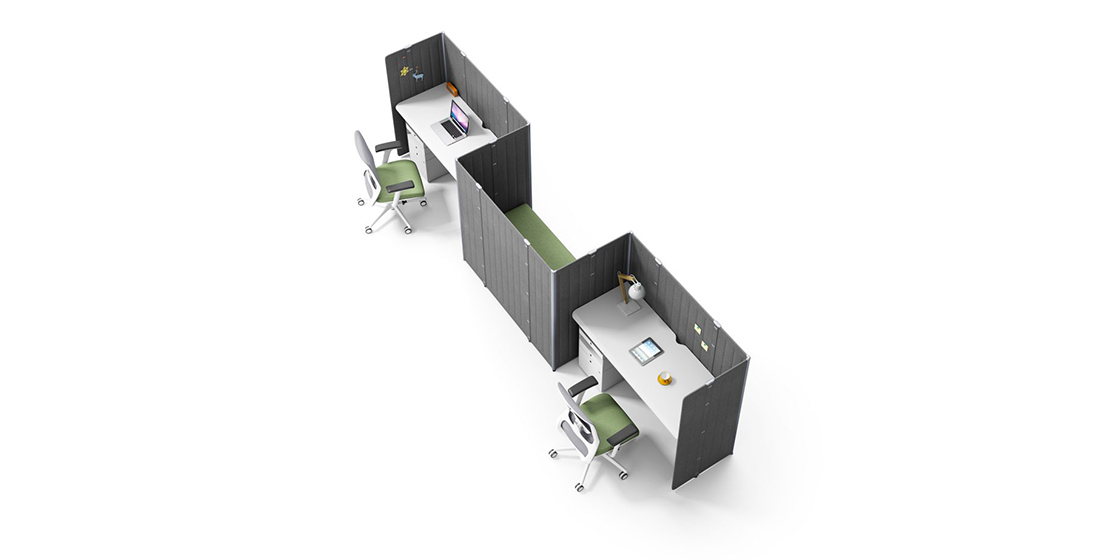
E. Safe Resting
A revolutionary sofa system with partitions creates a pleasant and safe rest area for employees who still have safety concerns to relax, nap, and meditate.
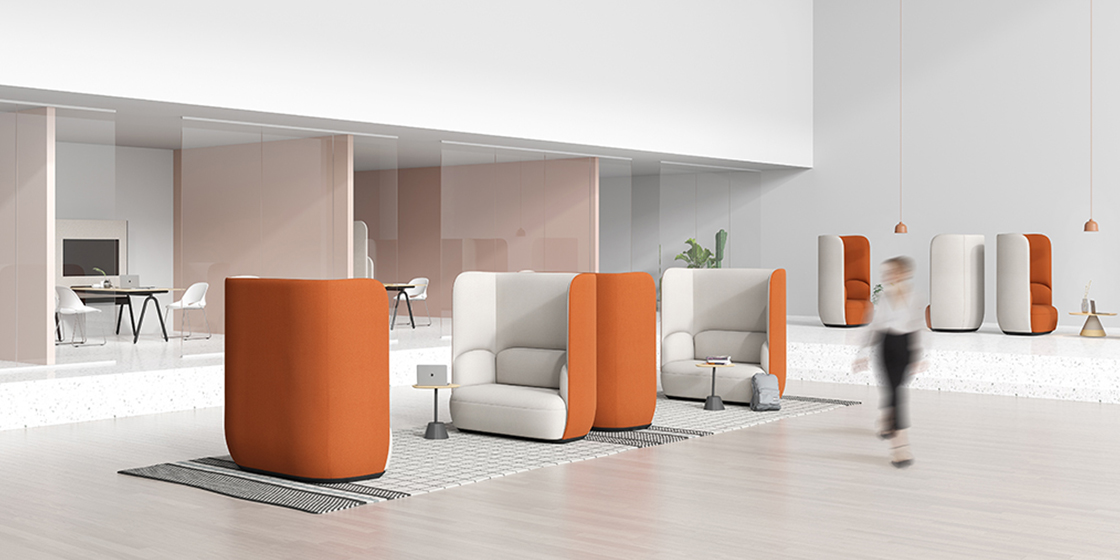
F. Antibacterial Materials
Upgraded materials and finishes can keep employees stay safe. Antibacterial finish and easy-to-clean fabrics are available for all products to invite a hygienic and safer workplace.
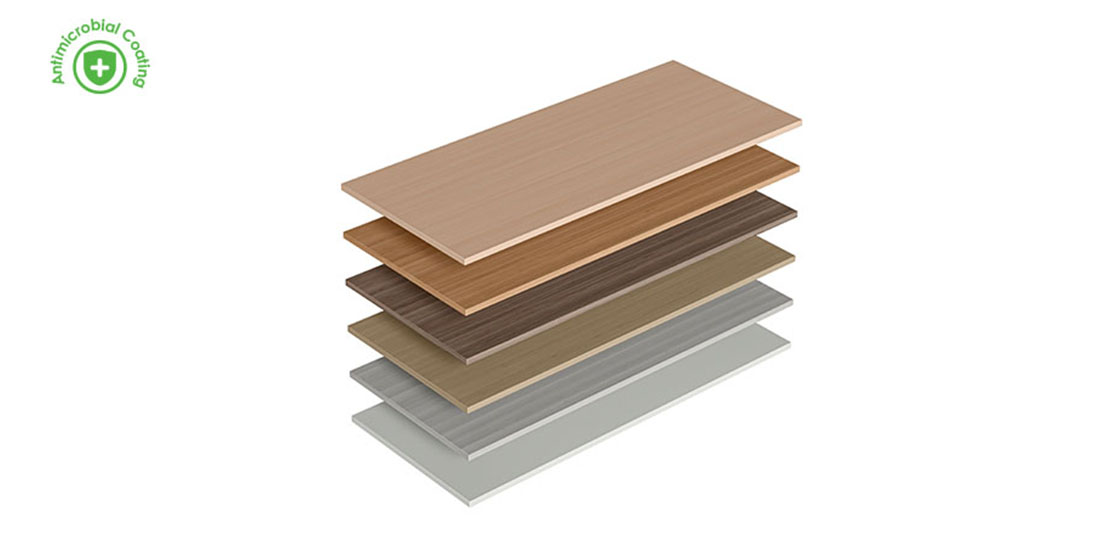
Part IV: What's Ahead?
Although it is necessary for us to create new solutions or take immediate action to help each other go through this tough time, what we could envision the legacy of this change and how to mitigate the similar crisis in the unpredictable future still require us to consider. We should think beyond the safe and coordinated solutions and reshape the world together.
Sunon focuses on the facts and looks at the future to prepare a well-equipped office for you. We have a group of curious designers who make top-notch products and workplace solutions with continuous learning. With 29-year research and development experience, we will help each of you face unexpected changes in the office world. For more insights into the office, please visit https://www.sunonglobal.com/inspiration . If you would like to discover more effective solutions to help you work through various COVID-19 related situations, please visit https://www.sunonglobal.com/return-to-office/.